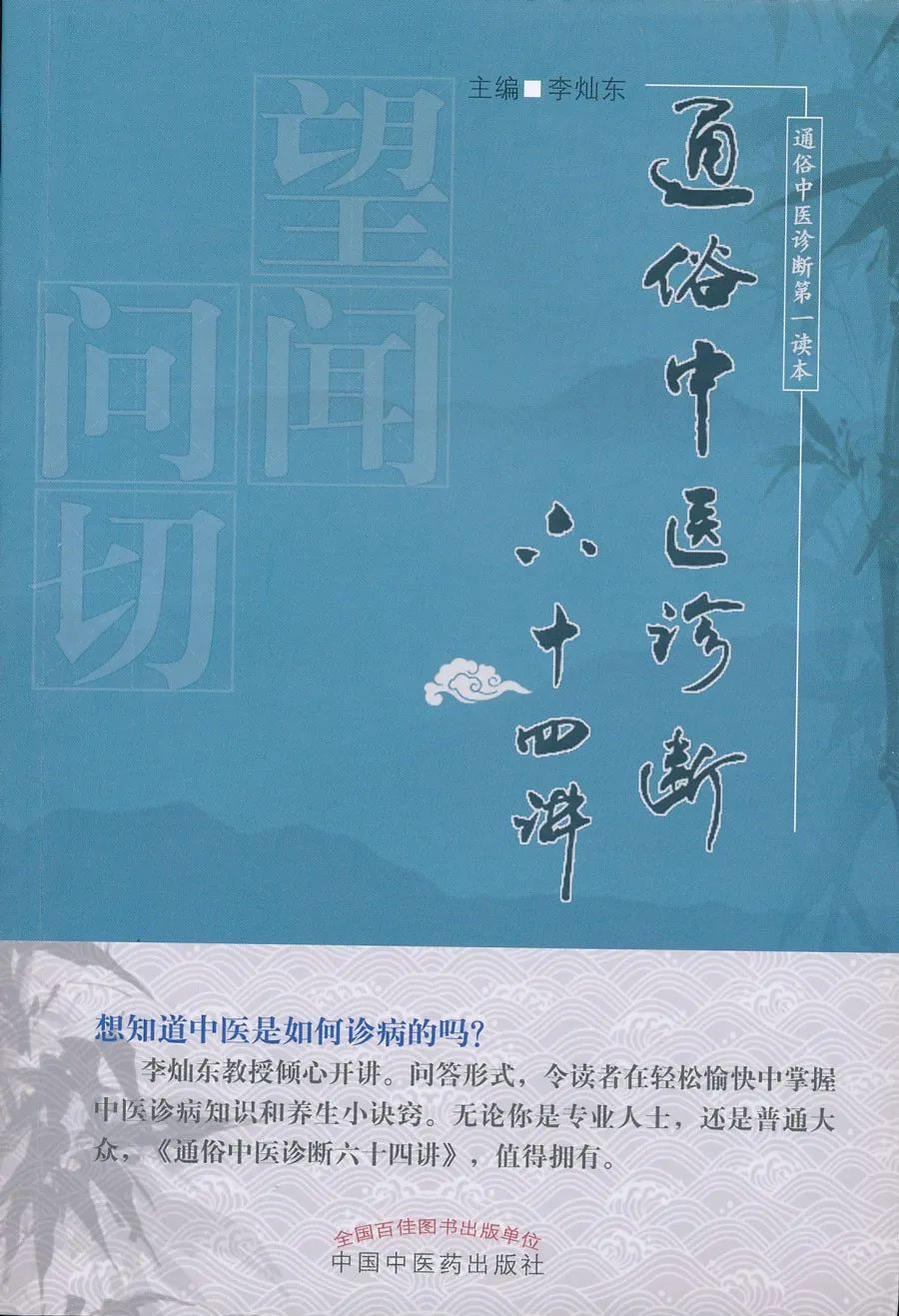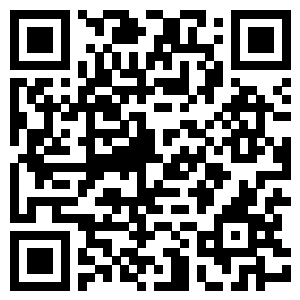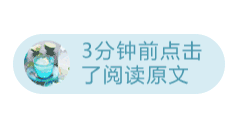Editor’s Note
When diagnosing patients, doctors often ask them to stick out their tongues for examination, which is known as tongue diagnosis in Traditional Chinese Medicine (TCM). What do doctors typically look for when observing the tongue? Generally, they need to examine the color and texture of the coating, as well as the sublingual veins, and then use these observations as a basis for diagnosing and prescribing treatment. Today’s article will teach you how to observe the tongue coating, so let’s learn together.

01 The first aspect of tongue coating to observe is thickness
We say that a normal tongue coating is thin, rooted, and closely adheres to the tongue surface as a whole. How do we determine whether the coating is thick or thin? It depends on whether the tongue body can be seen through the coating. If the color of the tongue body can be faintly seen through the coating, this is called “visible base,” indicating a thin coating; if the tongue body cannot be seen at all, this is called “invisible base,” indicating a thick coating. Therefore, if you want to determine whether your tongue coating is thick, use this as a standard.
If the thick coating obscures the color of the tongue body, how can we know what the color of the tongue body is? The coating on the sides and tip of the tongue is generally not covered, so in the case of a thick coating, we usually observe the color of the tongue body from the sides and tip.
TCM believes that the thickness of the tongue coating reflects the depth of pathogenic factors. A thin coating indicates a superficial condition, meaning that when there is no illness, the coating is thin, and when there is illness, it is lighter and shallower, indicating a superficial condition. A thick coating indicates that the pathogenic factors are deeper.
In TCM, the terms “superficial” and “deep” refer to the location of the disease. Conditions that are relatively external, on the body surface, are called superficial conditions; those that are internal, affecting the organs, meridians, and qi and blood, are called deep conditions. If during the course of an illness, a person’s tongue coating changes from thin to thick, it indicates that their illness has progressed from superficial to deep. Conversely, if the coating that was originally thick gradually becomes thinner, it indicates that the condition is improving.This is a dialectical and dynamic process that requires a unified analysis of both static and dynamic changes.
We cannot simply look at how thick the coating is; it is not a matter of comparing who has a thicker coating. No! We need to compare the dynamic changes of the tongue coating over a certain period of time, which is very important.

02 The second aspect of tongue coating to observe is moisture and dryness
Moisture and dryness refer to the level of wetness; a normal tongue coating has a moderate level of moisture. Why is it moist? It is due to the nourishment of body fluids. If body fluids are deficient, the coating will become dry. Thus, the moisture and dryness of the tongue coating actually reflect the status of body fluids, indicating whether the body fluids have been damaged.
Generally speaking, a normal tongue coating is moistened by body fluids, but the amount should be moderate. If it appears as if saliva is about to drip, it is not normal body fluid; that is a sign of dampness. If body fluids are damaged and there is no moisture, the coating will naturally become dry.
If in clinical practice we see a patient whose tongue was originally moist and then becomes dry, it indicates that their body fluids are gradually being damaged, and the condition is worsening. Conversely, if the tongue coating was originally dry and gradually becomes moist, it indicates that body fluids are gradually recovering, and the condition is improving.

03 The third aspect of tongue coating is its texture, which can be either “slimy” or “rough”
“Slimy” and “rough” coatings both refer to a relatively thick coating on the tongue surface. The term “thin and slimy” is technically incorrect. Both slimy and rough coatings indicate internal conditions. If the coating appears fine and dense, tightly adhering and difficult to scrape off, and looks sticky, this is called a slimy coating. If it appears coarse and loose, easily scraped off, and sometimes resembles curdled tofu, this is called a rough coating.
What factors are generally associated with slimy and rough coatings? The first is phlegm, which we often refer to as tangible phlegm and intangible phlegm; The second is dampness, which refers to water dampness; The third is food stagnation, which refers to undigested food, where food accumulates inside.
If we see a tongue coating that is very thick and dirty, looking unclean, this is generally a sign of food stagnation. In addition to the characteristics of the tongue coating, the patient usually has a history of overeating or has a weak stomach, and even if they do not eat excessively, their stomach is not functioning well, leading to bloating or abdominal pain, with belches that smell sour and undigested, and stools that have a foul odor similar to rotten eggs; in such cases, the tongue coating is generally rough.
Of course, what I am discussing regarding food stagnation is actually somewhat different from what Western medicine refers to as food retention. Food retention, superficially, seems similar to TCM’s food stagnation, as it refers to undigested food. However, Western medicine views food retention as something visible; for example, if someone has food retention, inserting a gastric tube to remove the food will relieve the retention. But in TCM, it is not like that; even if the food in the stomach has disappeared, if the symptoms of food stagnation still exist, TCM still considers it as food stagnation.
If food stagnation occurs, there is a very simple method to address it. Use Shenqu (神曲), about 5-10 grams, boil it in water, and take it; it often has a good effect, which is what we refer to as rough coating.
What is the clinical significance of a slimy coating?Generally, a slimy coating indicates phlegm-dampness, and thus phlegm should be resolved and dampness eliminated. Let’s consider the color of the coating: a white slimy coating is called “white slimy coating,” which generally indicates cold dampness or cold phlegm. Some elderly patients with bronchitis often cough and produce a lot of phlegm, which is white or foamy; if the coating is white and slimy, this indicates a cold condition, specifically cold phlegm. There are also cases where the tongue coating is slimy and yellow, called “yellow slimy coating,” indicating damp-heat or phlegm-heat. Therefore, cold phlegm should be warmed to resolve phlegm-dampness, while heat phlegm should be cleared and resolved.

04 The fourth aspect of tongue coating is peeling or shedding
This refers to certain patients having areas on their tongues that are devoid of coating, which is called peeling coating. Some may have peeling in the middle, some on the sides, and there are different names for these conditions; some may peel in patches, which is called patchy peeling coating; if the middle of the tongue is red and resembles a chicken heart, this is called chicken heart tongue; if the front of the tongue has peeled while the back has coating, this is called anterior peeling coating; if the back has peeled, it is called posterior peeling coating; and if one side has coating while the other does not, it is called asymmetrical peeling coating; You may have also heard of geographic tongue, where some children have patchy peeling with clear borders, resembling a map; this is called geographic tongue, which is generally less common in adults.
Geographic tongue may be related to malnutrition or parasitic infections in children, which affect the spleen and stomach function, ultimately impacting nutrient absorption. Therefore, if a child presents with geographic tongue, it may be due to parasites or malnutrition. The coating is formed by the spleen qi rising and the stomach qi ascending; if body fluids and gastric fluids are deficient, the tongue coating will appear to peel.
If the entire tongue coating has peeled off, leaving the tongue surface smooth and shiny, this is called mirror tongue; which looks very clean but is actually a very bad sign, indicating deficiency of stomach yin. TCM has a saying: “If there is stomach qi, there is life; without stomach qi, there is death.” If the stomach qi is lost, the prognosis for the patient is poor. Therefore, if a patient has a very thick tongue coating, it should be gradually reduced; removing it all at once is not advisable.
In TCM, it is essential for the tongue coating to have a root; without a root, it is like spreading a pile of grass on a playground, as it is not grown from the body and can be scraped off easily. There is also the issue of the authenticity of the coating; if the coating is genuine, it indicates the presence of stomach qi; if the coating is false, it is merely piled on top, indicating a lack of stomach qi. These are the aspects of tongue coating that we should understand.
Recommended Diagnostic Book
Through a dialogue between teacher and student, this book helps to better and more deeply understand the relevant issues of TCM diagnosis, making it a valuable addition to your collection—


“Sixty-Four Lectures on Popular TCM Diagnosis”
Click the cover to enter the Yueyi Family TCM Academy to purchase this book
Scan to read for free
This book is based on the holistic concept of TCM and the characteristics of dialectical treatment, providing a comprehensive, accurate, and standardized method for collecting the four diagnostic methods and their clinical significance. The language is easy to understand, with interesting case examples, broadcast serialization, and audio-text correspondence, richly illustrated. This book is aimed at a wide audience and can provide different information for users at various levels, offering content that is urgently needed for the current construction of a healthy China.Previous HighlightsRECOMMEND
Good medicine for insomnia is this
Women’s beauty relies on maintenance; the difference in care is significant
Winter supplementation is the right time for tonics
 Copyright Statement
Copyright Statement
Some content of this article is selected from “Sixty-Four Lectures on Popular TCM Diagnosis” (published by China Traditional Chinese Medicine Press, edited by Li Candong), and the final interpretation rights belong to the original author. This article is recommended for publication by Yue Reading TCM(WeChat ID: ydzhongyi). The cover and images in the text are sourced from Shetu Network, and the copyright belongs to the original author. If there is any infringement, please contact for deletion. Unauthorized reproduction is prohibited!



 Click“Read the original text” to immediately purchase the recommended book Good articles must be “looked at”
Click“Read the original text” to immediately purchase the recommended book Good articles must be “looked at”

